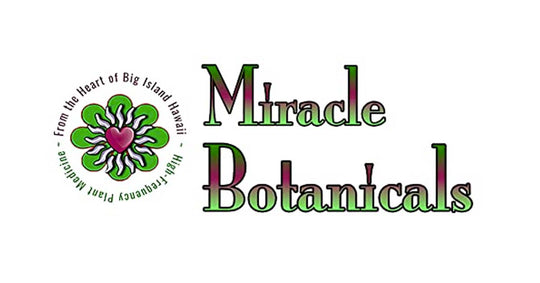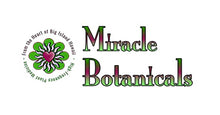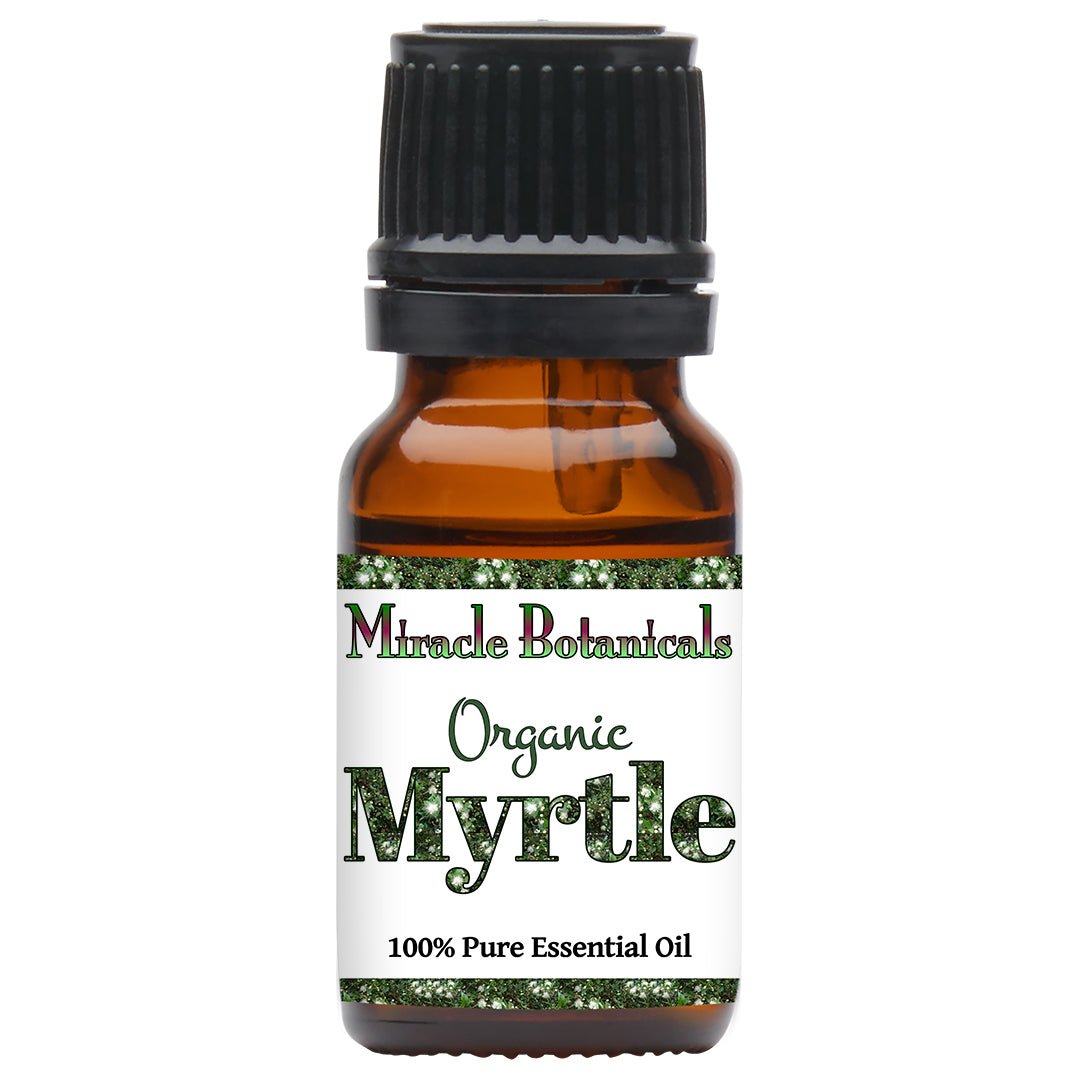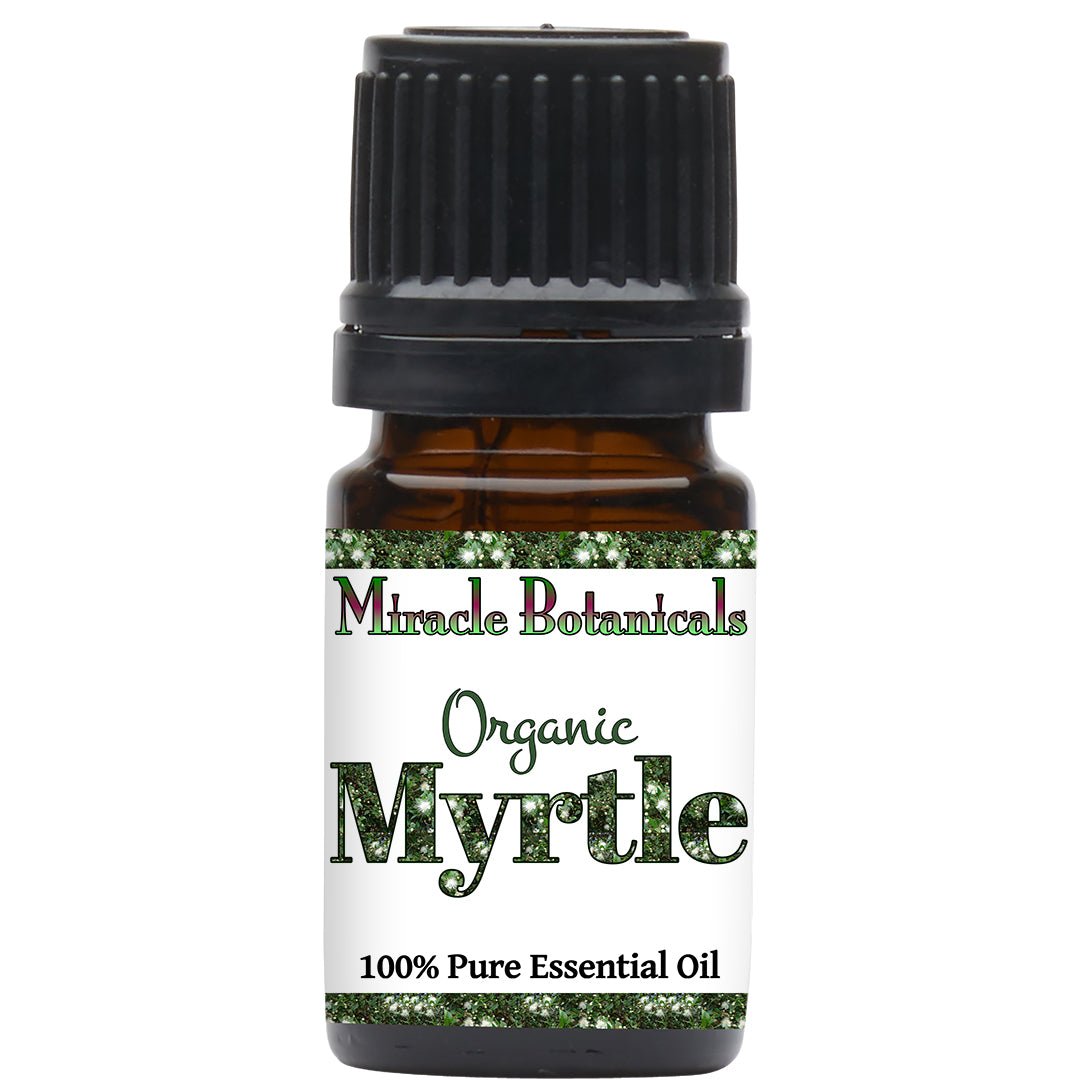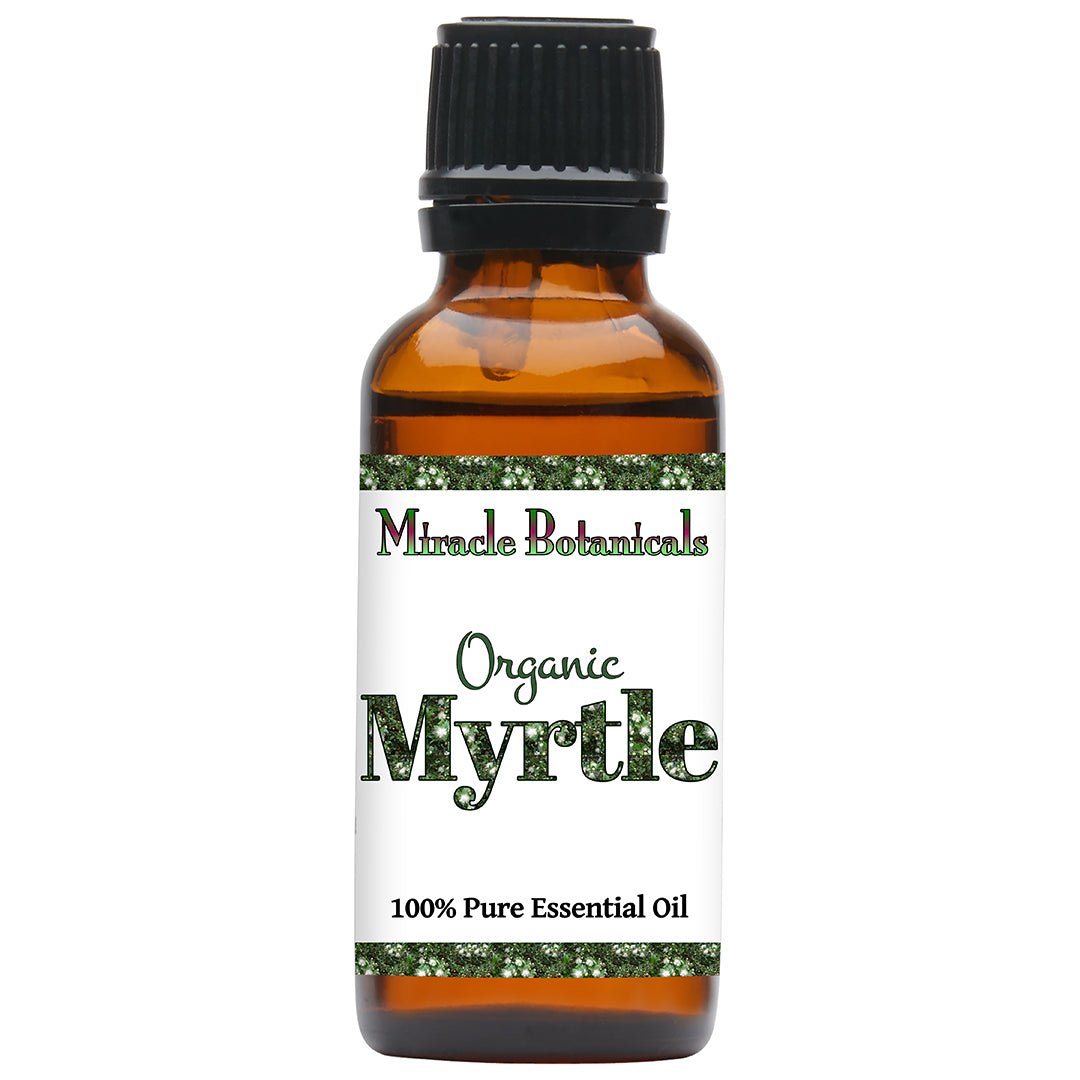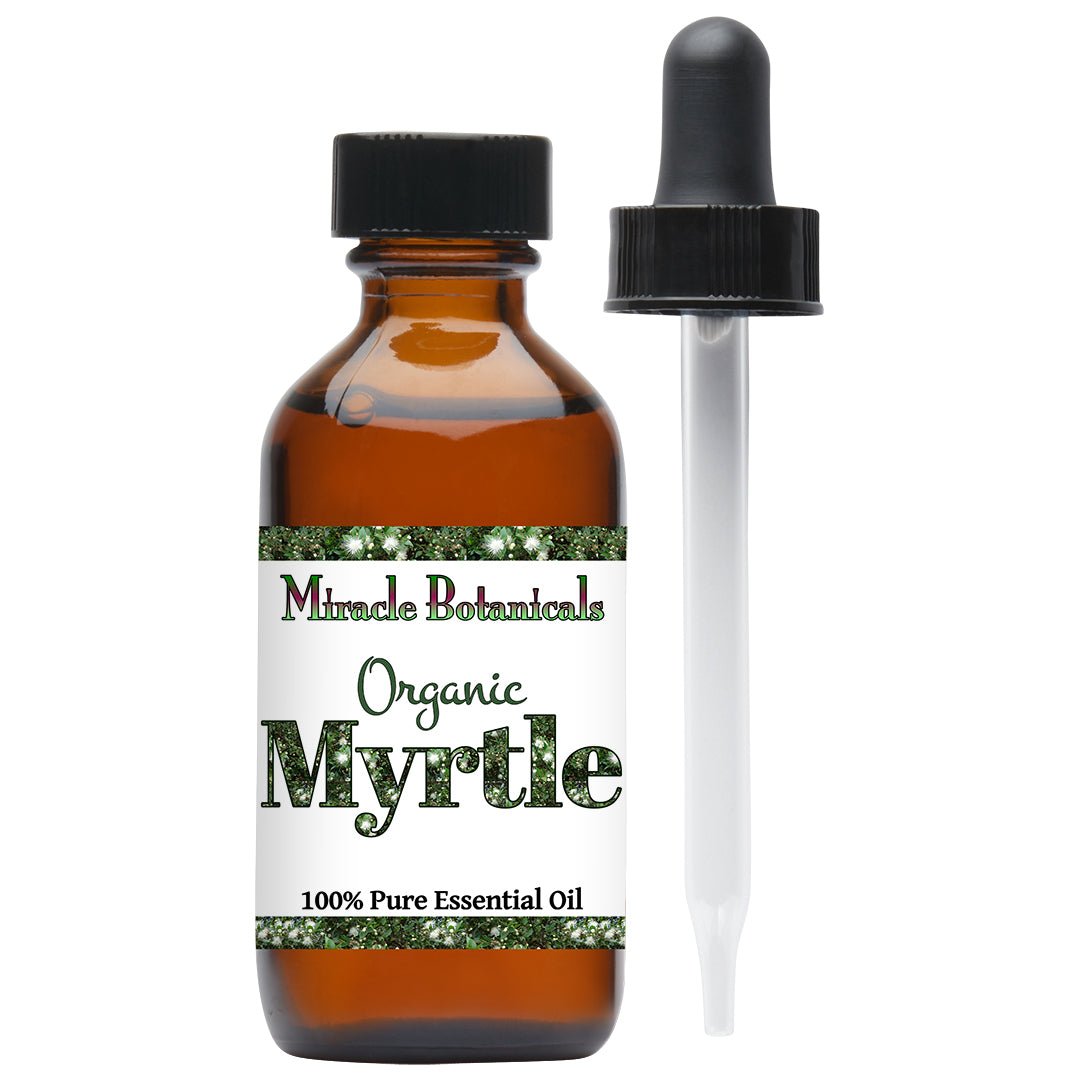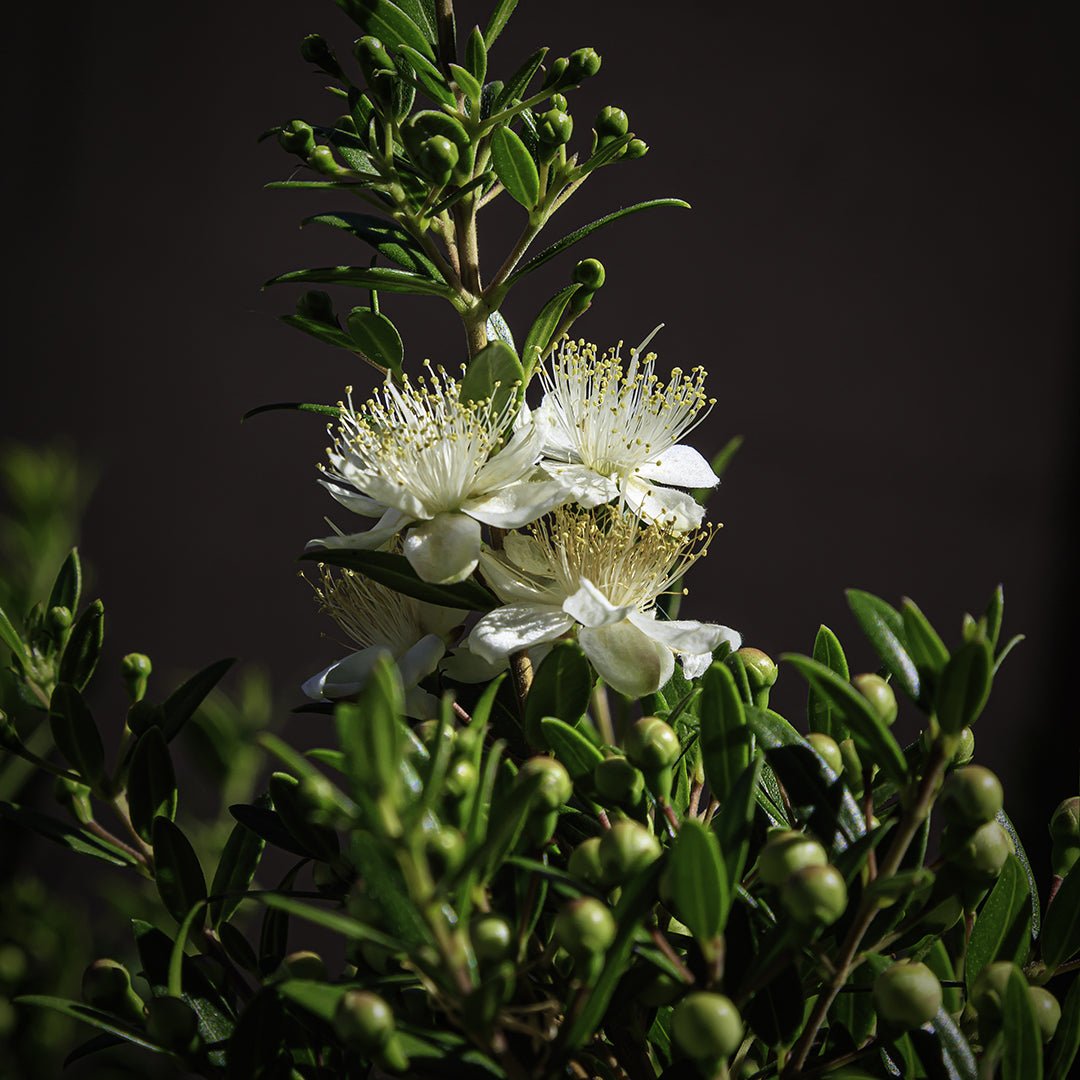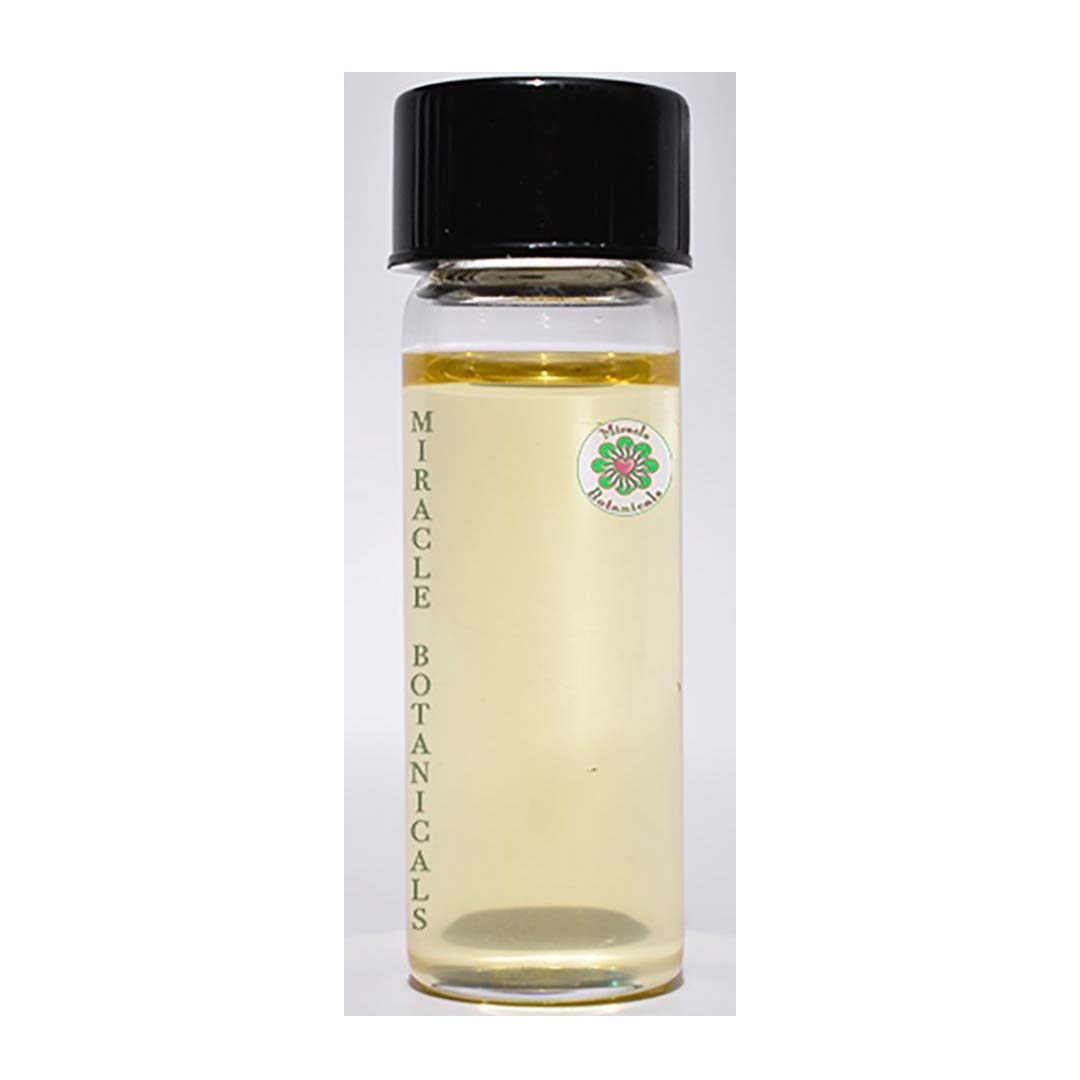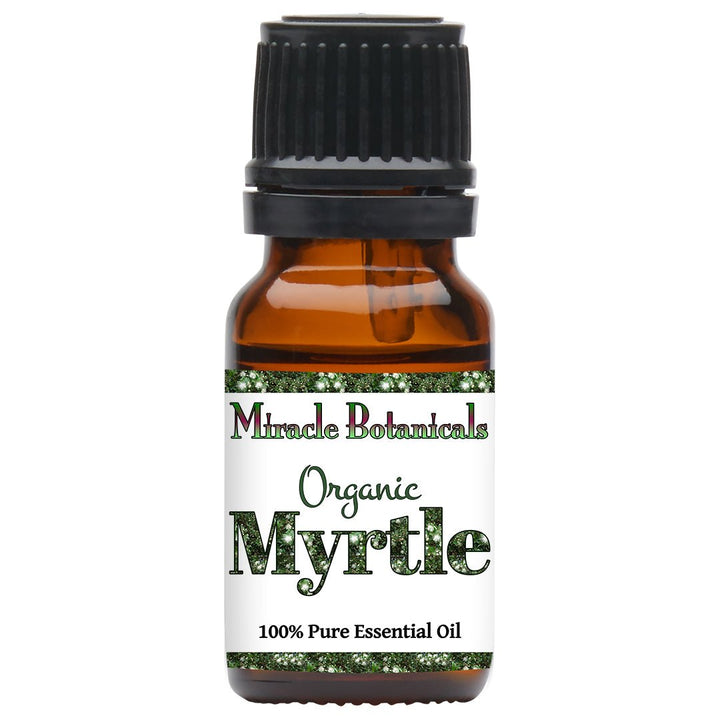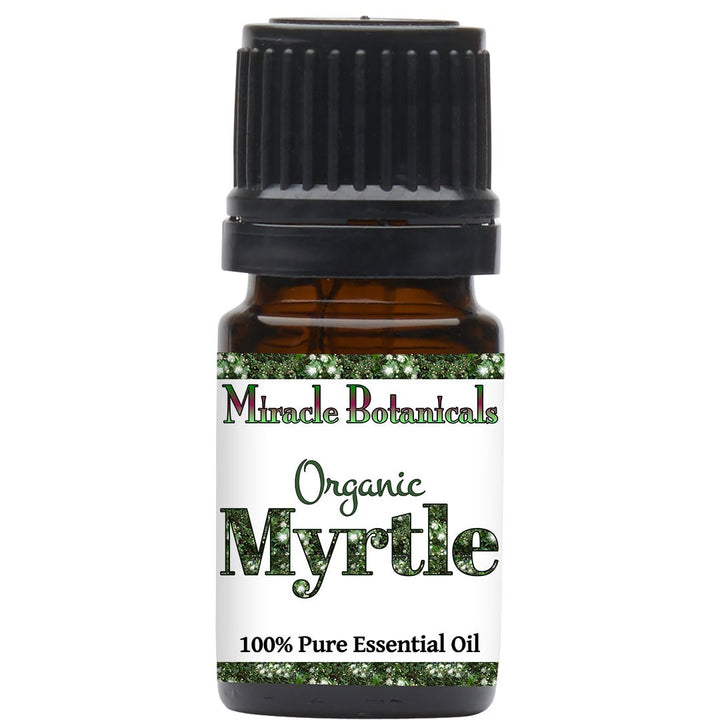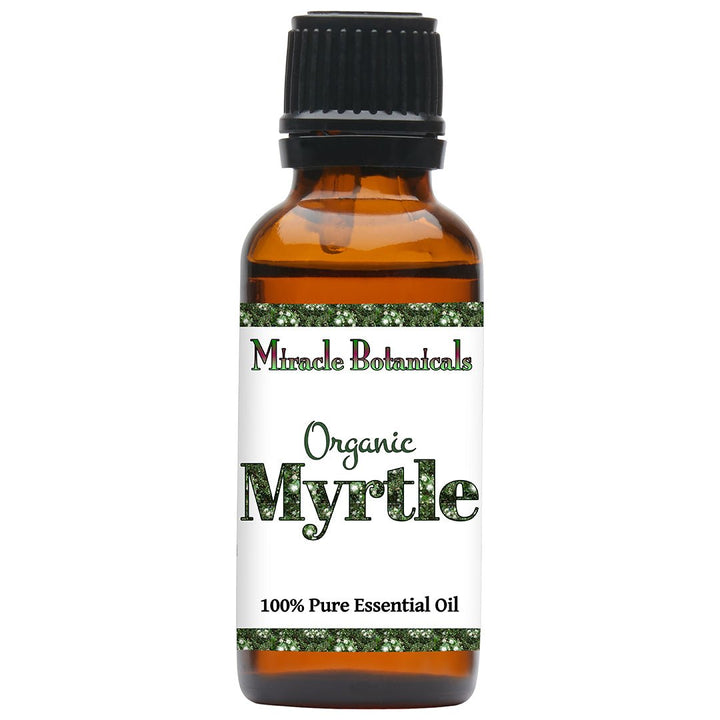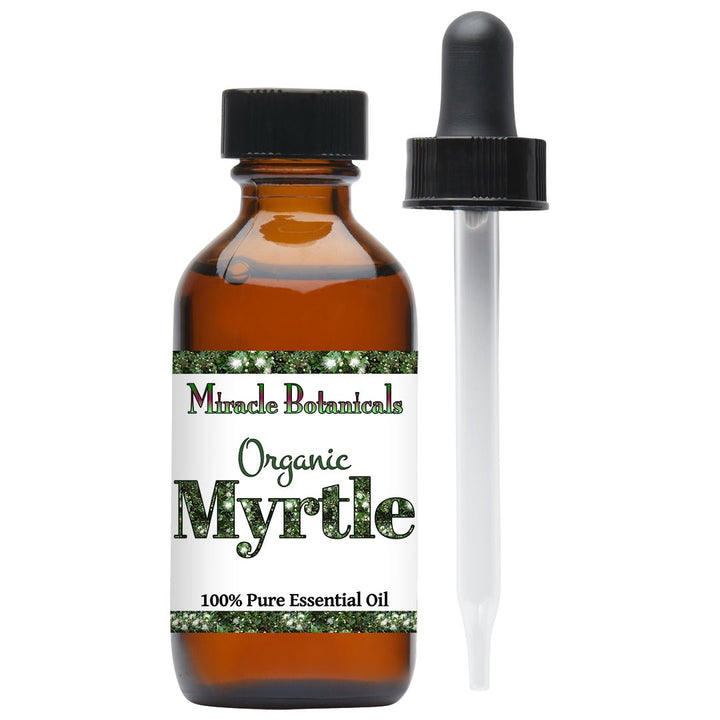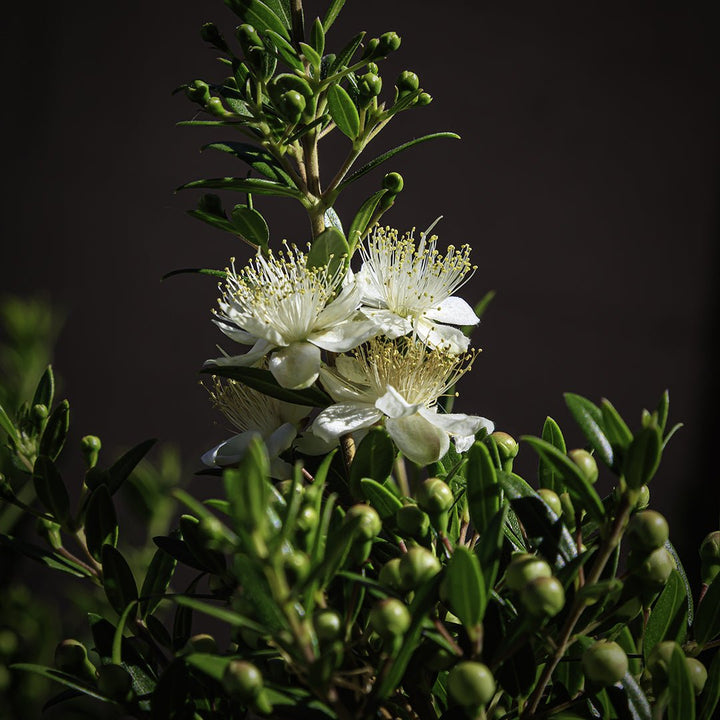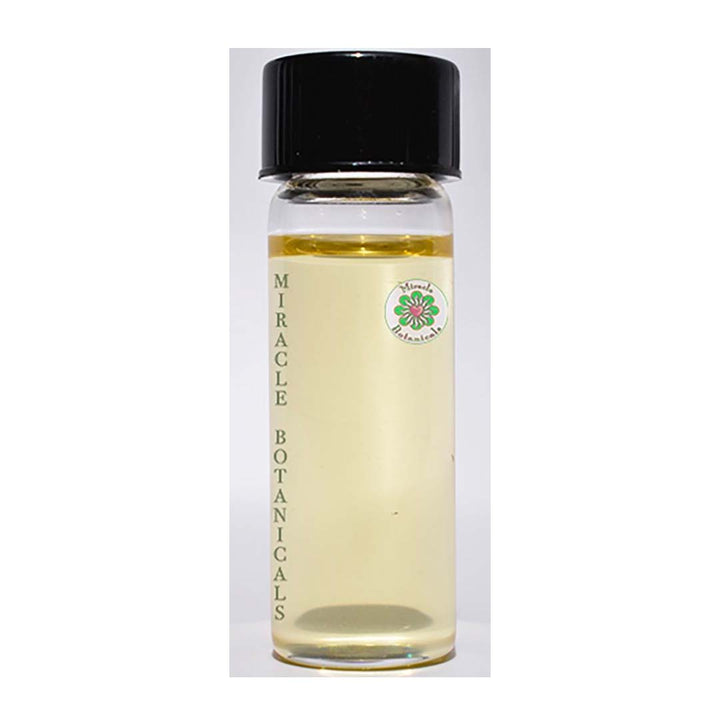R
Rainbow (Los Angeles, US) Myrtle has been calling my name for quite some time, and I am thrilled to finally answer that call. This oil is divine, and is rumored to be one of the most precious herbs of the original “garden of eden” and I can feel why. Such a powerful, clean, scent and feeling of divinity. This oil has is on the next level ....diffusing and spending time with this oil raises my vibration, feels protective, peaceful and uplifting to spirit. Myrtle is also associated with Aphrodite, powerful Goddess of Love. Wowza! Will always have Myrtle in my collection now.
m
merle Works great on my lungs.
T
Tammy Great product and fast delivery, thank you!
